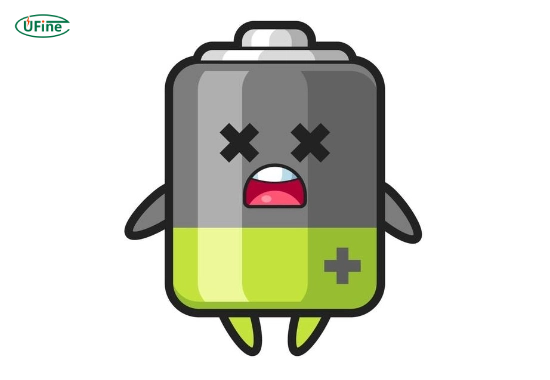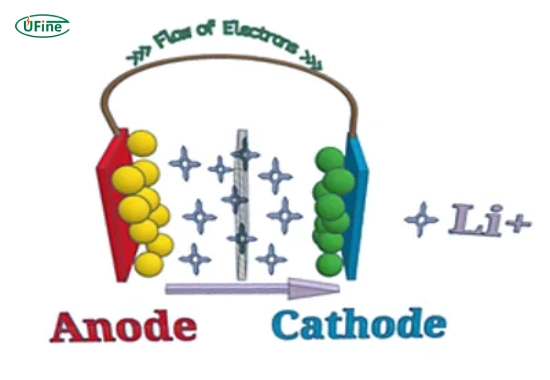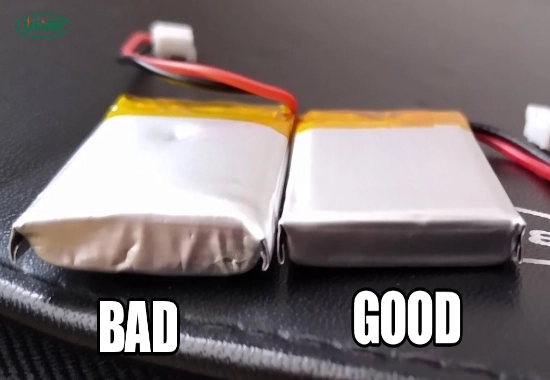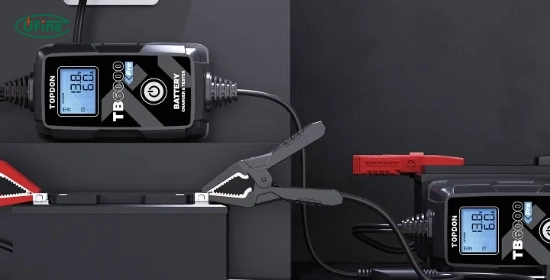Batteries are essential to modern life, powering everything from smartphones to electric vehicles and home energy systems. However, like all things, batteries have a limited lifespan. But at what point does a battery stop working? Understanding the factors that affect battery life, signs of degradation, and how to extend a battery’s lifespan can help you get the most out of your devices and systems. This article delves into the science, practical tips, and frequently asked questions about battery performance and failure.
Part 1. What does it mean when a battery stops working?
When we say a battery has stopped working, it typically means it can no longer hold or deliver a charge effectively. This doesn’t necessarily mean the battery is completely dead. In many cases, it still retains some capacity, but it has degraded to the point where it’s no longer valid for its intended purpose.
For instance:
- A smartphone battery may stop holding enough charge to last through the day.
- A car battery might fail to start the engine.
- A rechargeable battery in a solar system might not store enough energy to power devices overnight.
Part 2. How do batteries work?
Knowing how batteries work is essential to understanding why they stop working. Batteries store chemical energy and convert it into electrical energy using a series of electrochemical reactions.
Here’s a simplified overview of the process:
- Electrodes (Anode and Cathode): Batteries have two electrodes – the anode (negative) and the cathode (positive).
- Electrolyte: This medium allows ions to move between the anode and cathode.
- Chemical Reactions: When the battery operates, it triggers chemical reactions that release electrons to generate an electric current.
Over time, these chemical reactions degrade, leading to reduced capacity and performance.
Part 3. What causes a battery to stop working?
Several factors contribute to a battery’s eventual failure. Below are the main reasons why batteries stop working:
Aging and Chemical Degradation
The most common reason for battery failure is natural aging. Over time, the materials inside the battery degrade due to repeated charge and discharge cycles. The electrodes can corrode, and the electrolyte can lose its ability to facilitate reactions.
Overcharging or Deep Discharge
Repeatedly overcharging or fully discharging a battery can cause significant damage. Overcharging generates heat, which speeds up chemical degradation, while deep discharges can lead to irreversible capacity loss.
Exposure to High Temperatures
Excessive heat is a significant enemy of battery life. High temperatures can cause the electrolyte to evaporate or degrade, leading to reduced efficiency and eventual failure.
Physical Damage
Any physical impact or damage to the battery can disrupt its internal components, making it unsafe or non-functional.
Manufacturing Defects
In rare cases, batteries may have defects from the manufacturing process, such as improper sealing or poor-quality materials, which can lead to premature failure.
Part 4. What are the signs that a battery is failing?
Recognizing the warning signs of a failing battery is essential so you can replace it before it stops working completely. Here are some common indicators:
- Reduced Capacity: The battery doesn’t last as long as it used to.
- Slow Charging: It takes much longer to recharge the battery.
- Swelling or Bulging: A swollen battery poses a severe safety concern, so replace it immediately.
- Overheating: The battery becomes excessively hot during use or charging.
- Inconsistent Performance: Devices powered by the battery may shut off unexpectedly, even when it seems fully charged.
Part 5. How long does a battery typically last?
The lifespan of a battery depends on several factors, including its type, usage patterns, and environmental conditions. Below are some general estimates for common types of batteries:
- Lithium-Ion Batteries (Smartphones, Laptops): 2-3 years or 300-500 charge cycles.
- Lead-Acid Batteries (Car Batteries): 3-5 years.
- Nickel-Metal Hydride (NiMH) Batteries: 3-5 years.
- Deep-Cycle Batteries (Solar Systems): 5-15 years, depending on maintenance and usage.
Remember that proper care can extend a battery’s lifespan, while neglect or misuse can shorten it.
Part 6. Can you revive a dead battery?
In some cases, it’s possible to revive a battery that appears dead, but this depends on the type of battery and the cause of failure. For example:
- Car Batteries: Jump-starting or charging with a specialized charger can sometimes bring a seemingly dead car battery back to life.
- Rechargeable Batteries: Techniques like balancing the cells or using a desulfator may help recondition the battery and restore some capacity.
You cannot revive disposable batteries once they are dead. It’s best to recycle them properly.
However, reviving a battery is often a temporary solution, and replacement is usually the best option when a battery has significantly degraded.
How to Revive Dead Batteries and Fix Lithium Batteries that Won’t Charge?
Part 7. How can you extend the life of a battery?
The good news is that there are several proactive steps you can take to extend your battery’s lifespan:
- Avoid Overcharging: Use chargers with built-in overcharge protection to prevent battery overload.
- Keep Temperatures in Check: Store batteries in a relaxed, dry environment.
- Use Proper Chargers: Always use chargers recommended by the device manufacturer.
- Avoid Deep Discharges: Recharge batteries before they drop below 20% capacity.
- Regular Maintenance: Certain types of batteries, such as lead-acid, can prolong their life with regular maintenance (e.g., water top-ups).
Part 8. What happens if you keep using a failing battery?
Using a failing battery can lead to several issues, including:
- Reduced Device Performance: Devices may run slower or shut down unexpectedly.
- Safety Risks: A damaged or swollen battery can become a fire or explosion hazard.
- Higher Costs: Continuing to use a failing battery can damage the device it powers, leading to expensive repairs.
It’s best to replace failing batteries promptly to avoid these problems.
Part 9. Are there environmentally friendly ways to dispose of batteries?
Yes, it is crucial to dispose of batteries responsibly to minimize environmental impact. Follow these steps:
- Recycle: Many types of batteries, including lithium-ion and lead-acid, can be recycled. Check for local recycling programs or drop-off centers.
- Avoid Landfills: Never throw batteries in the trash as they contain harmful chemicals that can leach into the soil and water.
- Follow Regulations: Some regions have specific laws around battery disposal, so comply with local guidelines.
Part 10. FAQs
-
How can I tell if my battery needs to be replaced?
Look for signs such as reduced capacity, slow charging, overheating, or physical damage like swelling. -
Can extreme cold damage a battery?
Yes, frigid temperatures can reduce a battery’s efficiency and cause permanent damage if it freezes. -
Is it safe to use a swollen battery?
No, it would help if you replaced swollen batteries immediately to avoid safety risks, as they are dangerous. -
Does fast charging reduce battery life?
Yes, frequent use of fast chargers can generate heat and accelerate battery degradation over time. -
How do I store batteries to maximize their lifespan?
Store batteries in a cool, dry place. If you don’t use them for an extended period, keep them partially charged (around 50%).
Related Tags:
More Articles

Top 10 Deep Cycle RV Batteries for Reliable Power
Looking for a reliable deep-cycle RV battery? Check out our guide on the top 10 best deep-cycle RV batteries to power your needs this year!
Top 10 High-Performance Batteries for High-Drain Devices
Are you looking for a high-performance battery that you can rely on for a high-drain device? Here are the top 10 best batteries for high-drain devices.
The Basics of Industrial Batteries: A Quick Overview
Learn what industrial batteries are and how they power machines. Discover their types and uses to boost your operations today.
Top 10 Lithium Motorcycle Batteries for Optimal Performance
Looking for a reliable Lithium motorcycle battery for optimal performance? Here’s a guide with this year's top 10 best Lithium motorcycle batteries.
How Long Will a 100Ah Lithium Battery Last?
Wondering how long a 100Ah lithium battery lasts? Get clear answers and tips for efficient use. Click now to learn more!







